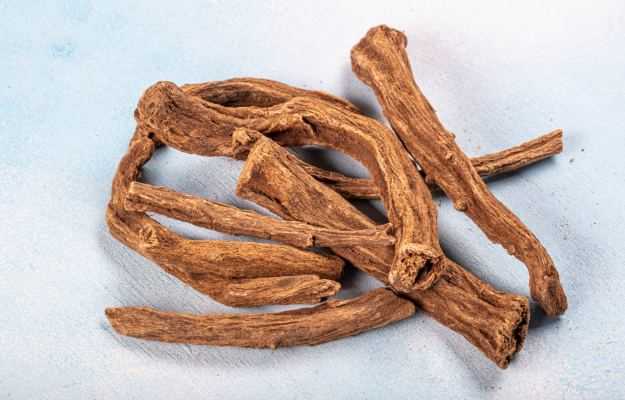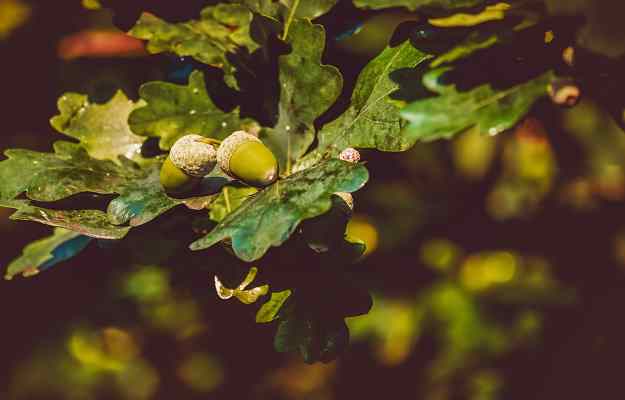Agaru or Agarkasth is a large tree native to the regions of South-East Asia. Commonly referred to as Eagle Wood, the thin bark of this tree was used as a writing surface in olden times. In a little under 10% of all trees, the bark gets infected with a certain fungus. This results in the bark turning dark and resinous. It also imparts a specific kind of fragrance to agaru, hence making it an important component in most incense sticks.
Agarkasth can grow to around 60-80 feet and has been spoken of highly in both Ayurveda and traditional Chinese medicine texts. It has thin leaves up to three inches long. In many cultures, it is said to ward off bad energies. Continue reading to find out about the various medicinal benefits of Agarkasth.
Basic information about Agarkasth
- Botanical name: Aquilaria agallocha
- Common name: Agarkasth
- Family: Thymelaeaceae
- Native region and geographical distribution: North-East India, Bangladesh, Bhutan and parts of South-East Asia
- Energetics: Known to pacify Kapha and Vata “doshas”

























